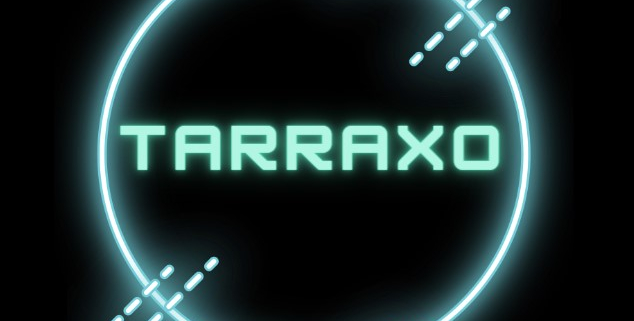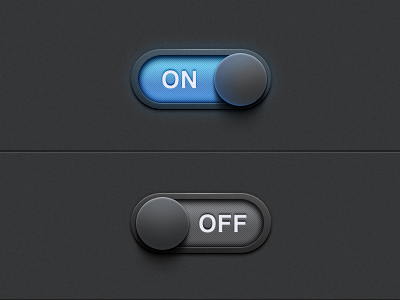Once we understand that kizomba is NOT ZUMBA! And that there are variants that are deformed and meet other styles and dances, we can include the tarraxo in our vocabulary.
What does tarrax inspire us?
Can you imagine a chameleon darkening its skin while climbing a tree? Well, that’s what it feels like to dance tarraxo. When people grab each other, the upper limbs begin to talk to each other to fit, and they debate about what the color of the dance will be. But it doesn’t stop there, the head, the chest and the hip also take part, proposing a kind of simultaneous battle and party.
As I’m quite a movie buff, I’ll summarize what I feel when I dance or see someone dancing tarraxo: suddenly, I become part of a coven or a tribe that is in the middle of a ritual. And the more trambotic the music, the wilder the ceremony.
With each firm, hard step on the ground, the weight of worldly things disappears. And the movements reveal mocking, joyful, warlike and crazy personalities!
How to dance the tarraxo?
To achieve this interaction, we will place the feet (50% of the weight on each) shoulder-width apart and the knees semi-flexed to facilitate movement, weight shifts, dissociation and balance. You can use simple steps: forward, backward, swaying, sideways… The most remarkable thing to work on in this variant of kizomba is the interpretation of the music through the body (musicality), dissociation, active listening to the partner in the intentionality and suggestions, and sensitivity, to perceive and understand the context. In spite of this, we understand tarraxo as an escape route from academicism and embrace it as an “adiscipline”, free of dogmas and static laws.
Danced from-for fun, fusion, as a socializing, open and empowering tool. Do you dare?



